Proyectos Monclova is today one of the most important galleries in the art scene, both in Latin America and in Mexico. It has evolved into an organic project, willing to change its context and history, adaptable to the contingencies and developments of the art scene and who is not afraid of betting or gambling. We had an entertaining conversation about Monclova’s new curatorial perspectives, the art scene in Mexico and Latin America, market vs. institution, as well as their own visions and expectations with the gallery’s director, Polina Stroganova.
By Carolina Martínez Sánchez | Gallery images: courtesy of Proyectos Monclova | Portraits by Ana Hop & Klinckwort / Laframboise | Translation and special thanks to Jacob Sheehan
Today, Proyectos Monclova is one of the most important galleries in Mexico and Latin America, where they’ve played, gambled and even changed their skin, so to speak. Their vision is clear: taking established proposals and mix them with new generations, placing artists into both a local and global dialogue. Proyectos Monclova brings together Mexican and international artists creating a balance between the aesthetic, generational, formal, conceptual and geographical aspects.
Hence it’s not a surprise that today they have Polina Stroganova as director, who reflects all of those cultural crossroads and above all possesses an avant-garde perspective, all in tune with her resumé.
Polina was born in Russia and moved to Germany at a young age, where she first approached contemporary art; she got acquainted to the history and activities of the Parnass Gallery in Wuppertal, where Nam June Paik or Joseph Beuys held their first performances, being close to everything that was then happening in and around Düsseldorf. Without a doubt, one of her biggest influences was meeting Pina Bausch, and the Tanztheater Wuppertal.
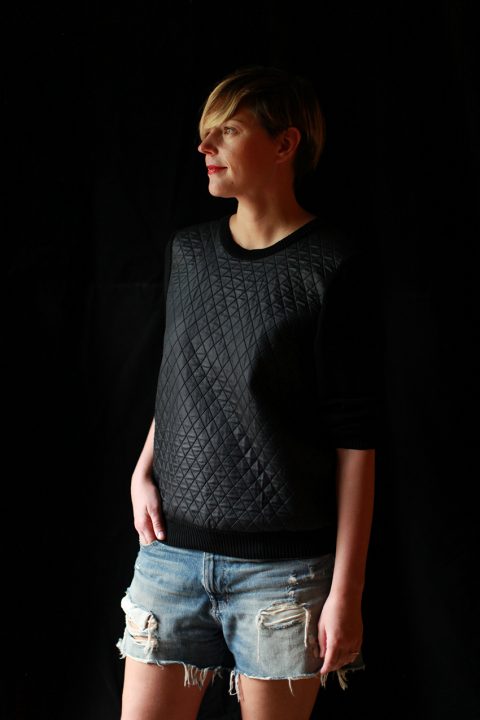
She could have been a violinist, as was expected by her family, but she was interested in having a more active role and decided to mix cultural sciences, theory and practice, while flirting between the institutional and commercial art sectors. After going through Documenta 12 in 2007, and directing several galleries in Europe, she moved to Mexico where she began discovering on her own the art scene, the country and its’ language, to then become part of Proyectos Monclova in early 2014.
The space, the context and the current situation of art, of how the commercial and academic worlds intersect – is what I spoke about with the director Polina Stroganova.
Carolina Martínez: Besides having your own background in Europe, both in the commercial and institutional world of galleries and independent projects, today you are the director of one of the most important contemporary art galleries in Latin America. What is your vision for contemporary art facing the duality of the institutional vs. commercial sectors? How compatible are these two verges?
Polina Stroganova: The debate between those two sectors and their interrelations is challenging. As a matter of fact, I feel that I’m still negotiating my own position on it. On the one hand, I find it very important that such parameters exist. At least, in the sense that in an ideal world, the commercial part should not interfere with the institutional curatorial program. It is very important that the curators of any institution maintain a very clear vision and independence within their role from the gallery’s world. But we should stop pretending that each one of those sectors are not interrelated, and start saying how things truly are. It is a fact that there are several institutions that don’t possess the sufficient budget and rely on the support of the private art sector to manage certain exhibitions. What happens is, that today’s reality within the art field has changed entirely. The concept of a “gallery” has transformed over time, and so did the concept of the institution. The expectations towards a gallery changed: for instance, what kind of activities correspond to a commercial space today? What kind of responsibilities does a gallery have towards its artists? Which international fairs should one be attending? Museum quality exhibitions are expected to be staged, publications to be produced. We are obliged to keep up with the global art scene and to travel to visit our artists exhibitions in different countries, etc etc etc. It certainly is something very different now: the expenses of a gallery today are not what they used to be some twenty years ago. The way the artists move and operate has transformed. The market has also changed drastically, and so has the institutional scene. And because of all of these transformations, one must be flexible and be able to adapt to this new scenery. Among them comes the old issue of how truly independent an institutional program can be and what a curator can actually achieve.
“It’s very important that the curators of the institution maintain a very clear vision and that it remains separated from the gallery world. But we should stop pretending that each one of the sectors are taking independent decisions, and start to say things how they truly are.”
And finally, what I would like to add and criticize, is how much time is actually dedicated to research and knowledge; the matter of knowledge is a key issue. I see very few curators and gallerists making a truly profound investigation.
What I do see is many of them networking, attending all of the parties and openings, spending time with cool friends and inviting them to be part of whatever it is they are curating or initiating. This is something that bothers me and I would like to ask what it is we’re actually doing, because suddenly I feel that the art world completely loses its perspective. Let’s go back to basics and think about what’s happening, and in which ways art is relevant for today’s society. Sometimes I watch a movie that moves me ten thousand times more than some of the contemporary art exhibitions I’ve recently seen – it’s somehow scary. And, it is a pressing matter that a reevaluation needs to be made and that people stop for a moment and ask themselves what it is they´re really doing. That goes for everyone: artists, curators, gallery owners, museum directors, critics. It’s not a conservative question, but it must be asked with a perspective leading towards the future.
With a real base of knowledge and research you can design the future, or at least have a vision for it. Because there’s an inertia through which you’re moving, but you’re not something amorphous; so then if you truly realize what it is that you’re doing, why you are doing it and what you want to achieve, you can have that vision, a point of view.
That’s a small observation and critique in general about what’s happening. It’s incredibly difficult to make true scrutiny, because we’re always being bombarded with information and are overwhelmed with global art events. I am not sure if the solution is to simply eliminate or reduce the amount of them, but there is definitely a need to think, ‘What to do with all of this?’
It seems like everything is about résumé and making a career. I perceive that presently we lack a discourse or a normative narrative that will guide us in the way or make a true critical reflection about our artistic reality.
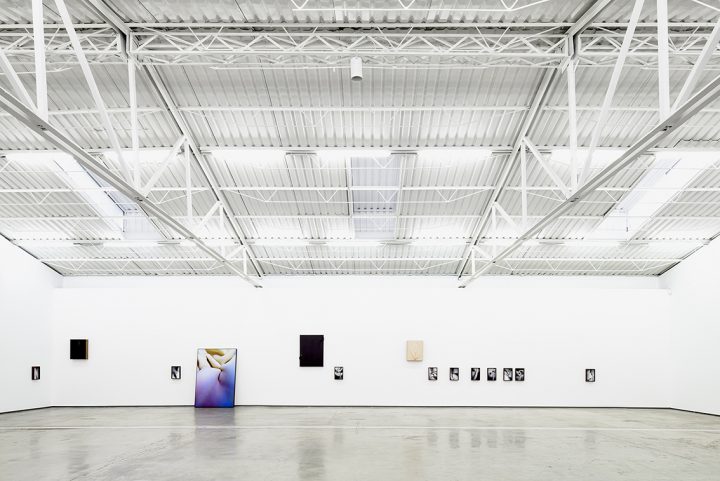
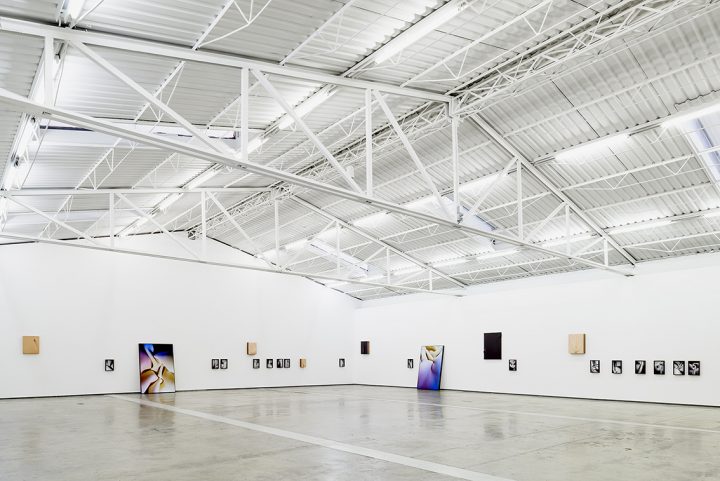
“And, it is a pressing matter that a reevaluation needs to be made and that people stop for a moment and ask themselves what it is they´re really doing. That goes for everyone: artists, curators, gallery owners, museum directors, critics.”
CM: Tell us about the history of Proyectos Monclova. Where does its first impulse and first vision come from?
PS: The gallery was founded in 2005 by Jose Garcia Torres, Alejandro Romero and Vera Felix, not necessarily with the idea of being a commercial gallery or having the structure of what it was going to become afterwards, but simply with the idea of putting on interesting exhibitions, working with artists and proposing something different that perhaps hadn’t happened yet in Mexico.
They started a small space on Frontera street in Roma district, holding shows and projects. Soon after, little by little, changing locations here and there, a program began to consolidate, and with this the structure of a gallery came into place. As time passed on, Alejandro and Vera left the gallery and committed to other projects and the gallery moved to another space in San Miguel de Chapultepec, where the moment arrived to decide the next step. That’s when Teofilo Cohen and David Trabulsi became partners, and decided that the next big stage was to move to a larger space and start participating in major art fairs. In 2012, they moved to the current location, which used to be a clandestine pool hall. With this change began the remodeling work to soon after inaugurate a comprehensive exhibit by Eduardo Terrazas, with whom they travel to their first Art Basel.
With time the partners began to realize that there are very different visions on how to operate a gallery. After various conversations, Teofilo and David purchased Jose’s shares while José decided to invest in a new project in the city.
Proyectos Monclova´s new program consists of a mix between the artists of the old formation, like Eduardo Terrazas, Tercerunquinto and Christian Jankowski and some new incorporations like Martin Soto Climent, Gabriel de la Mora and Chantal Peñalosa.
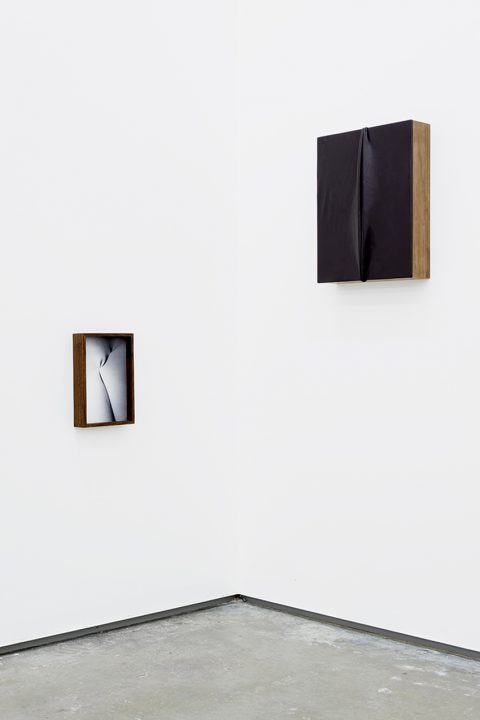
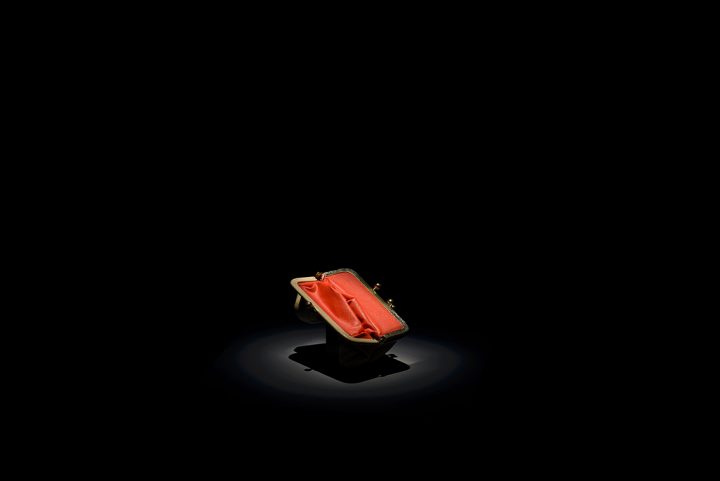
CM: What was your insight about the gallery, management and curatorship before joining its operation?
PS: Of course it was a gallery that I had already heard about before arriving to Mexico. When I left Europe, there were various colleagues of mine that mentioned the gallery and offered to put me in contact with them. But I felt more interested in the idea of arriving and discovering the city and the local scene on my own. I started visiting the different galleries in summer 2013 and walked into Monclova where they presented the group show, “A Trip to the Moon”, made up of various artists that I knew or interested me. For example, that’s where I discovered the work of Tania Perez Cordova. Afterwards I got in contact with her to visit her studio. All of that happened before I thought about doing something with Proyectos Monclova.
In terms of the operation: back then things were managed differently, and I’m not trying to say better or worse. I think it’s very important to build your own program, with which you can identify 100%; it’s very healthy to make an effort not just to maintain something, but to go beyond what’s expected. Everyone has their own visions, and the ideal situation when you have partners is that your ideas are shared – you’re in the same boat- and above all, that your communication is real and flowing. Without that basis, you won’t be able to go anywhere, or build anything.
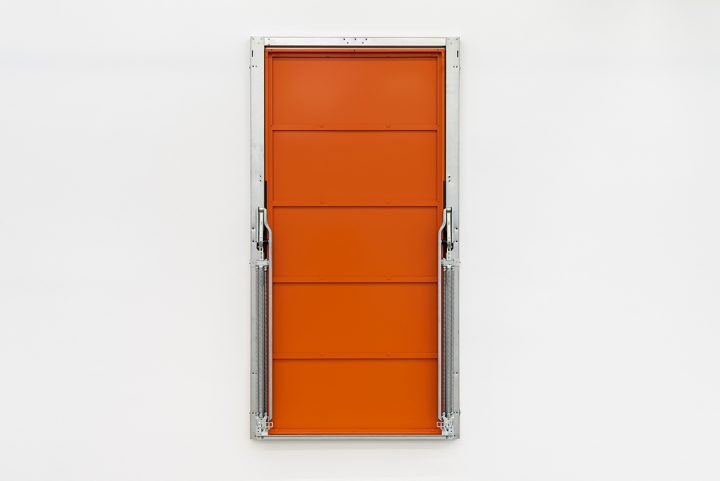
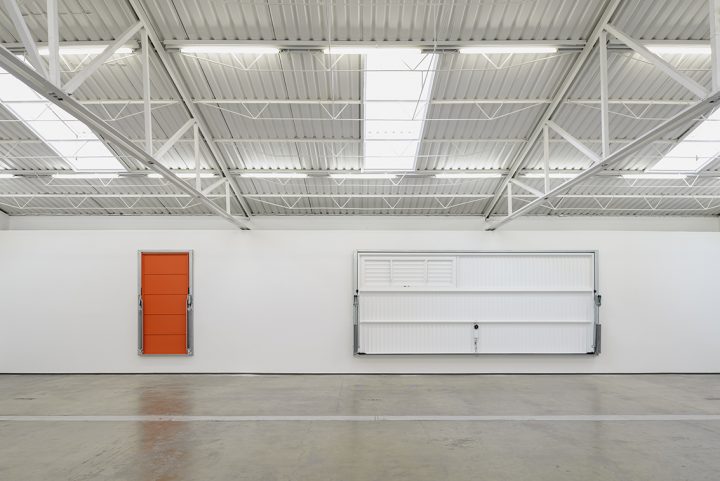
“I think it’s very important to build your own program, with which you can identify 100%; it’s very healthy to make an effort not just to maintain something, but to go beyond what’s expected.”
In this sense being at Monclova is a huge gift for me, as Teofilo, David and I understand each other really well, we’re on the same page, and there’s mutual respect within the whole team; our structure is very horizontal, it’s incredibly important to me that everyone feels like an integral part of the project.
We’re permanently in an intimate dialogue and the work is always a product of true collaboration. We have a marvelous team. Actually, I’d like to take this opportunity to extend a big thank you to Teofilo and David, as well as my colleagues: Elizabeth Calzado, Carlos Lara, Paulina Lagüera, Luis Villa and Luis Fabián. And of course, to the fundamental axis of the gallery: our artists.
Obviously, at this same time in 2015, within all those structural changes, the situation was rather challenging and simultaneously full of opportunities. We started with new activities such as a public program, talks, performances, collaborations, besides publishing various. Now the project is much more open, more inclusive, orientated towards collaboration: inside and out.
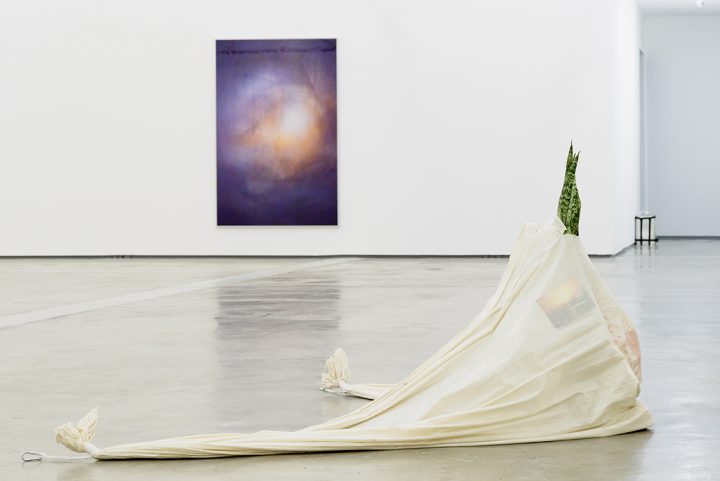
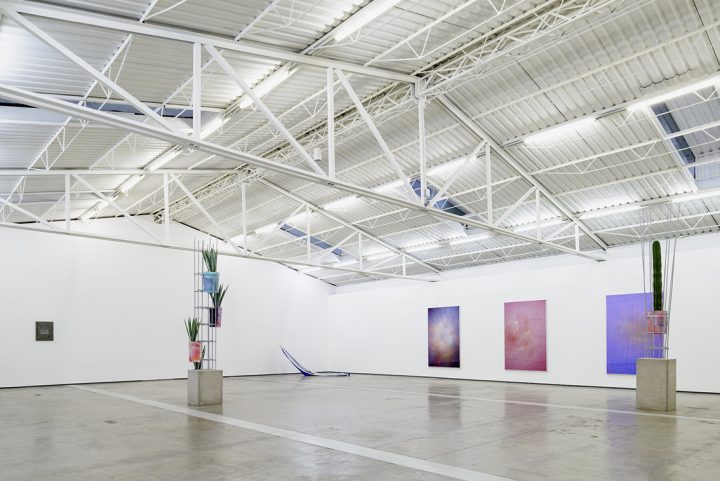
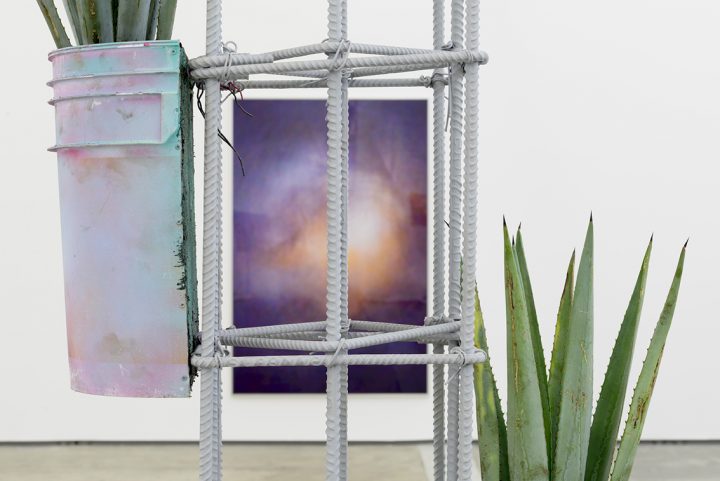
CM: What are the criteria that revolve around the curatorial line of the gallery?
PS: The idea is not to be a gallery that’s defined by representing only a certain type of medium or esthetic. Obviously, there are various meeting points – formal and conceptual – among all of the artists we represent, but the aim without a doubt is to encounter an artist that we consider interesting and relevant, someone who has a strong vision, and a solid link between their conceptual outline and their formal manifestations. There’s also the criterion to be more open amongst the generations, to develop a dialogue between them. For example, we represent people like Chantal Peñalosa (27) or Eduardo Terrazas (80). So, there’s a search for a balance between being able to grow with an artist, as well as to work with those who already have a developed career where we can contribute in other ways. Something that we’re exploring are the “re-discoveries”, similar to the case of Eduardo Terrazas, where the works of the artists have been under the radar for a while and we look to revive the relevance of their work in a contemporary context.
There’s also the obvious search to work with mid-career artists, who possibly have much more visibility in Europe and the United States but have no platform in Latin America, and so we offer them a new scene and experience. Many of our artists have a notorious conceptual base, but also have an esthetic quality that continues to be crucial. We have various pillars according to this, for example artists who have an ongoing socio-political investigation, like the Tercerunquinto collective, Raul Ortega Ayala, Christian Jankowski and Chantal Peñalosa. On the other hand, there are proposals that arise more from an experimentation with materiality, certain textures, the passing of time or the re-contextualization of found objects for example like those made by Gabriel de la Mora, Martin Soto Climent, Anna Virnich and Edgar Orlaineta. That’s exactly the charm of it all, to keep ourselves truly open and maintain the balance.
“The idea is not to be a gallery that’s defined by representing only one kind of medium or esthetic. Obviously, there are various meeting points – formal and conceptual – among all of the artists we represent, but the aim without a doubt is to encounter an artist that we consider interesting and relevant, someone who has a strong vision, and a solid link between their conceptual outline and their formal manifestations.”
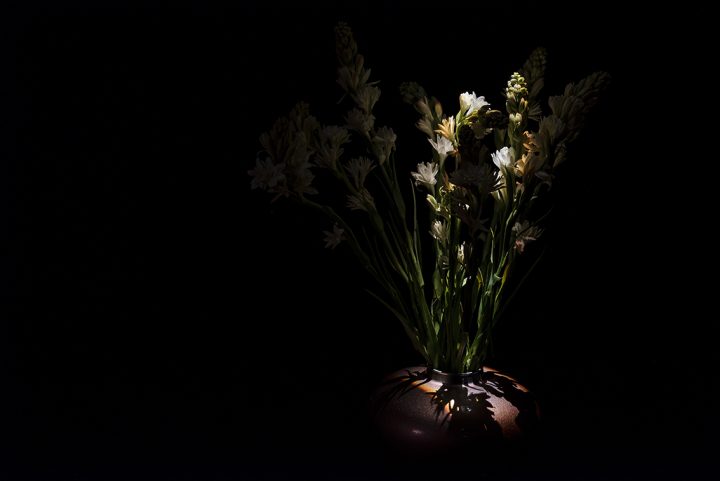
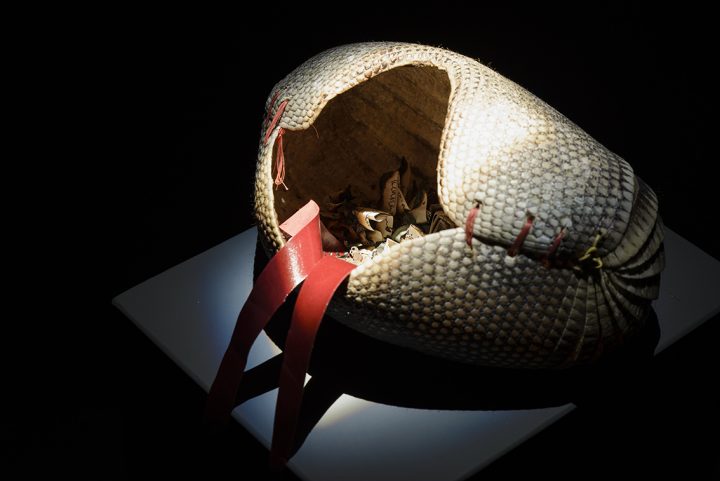
Another important element are curated group shows, like the one we staged last year in collaboration with Michel Blancsubé. We’re going to have another exhibition with Bettina Steinbrügge, curator and current director of the Kunstverein in Hamburg. They offer us an alternative view and open up our conceptual and esthetic horizons. It’s also fundamental that every exhibition is a proposal, a statement. We won’t have any project that simply presents new work of an artist. What we’re trying to generate is a narrative, a discourse, a relevant thematic investigation or a point of view.
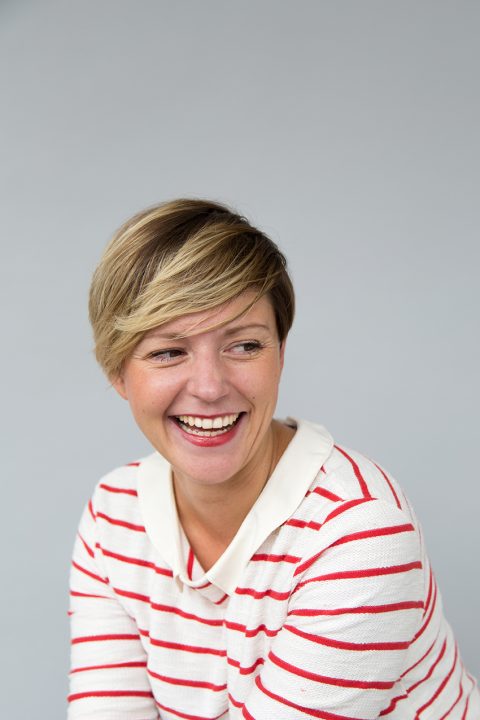
“Every show at Proyectos Monclova has a statement. What we’re trying to generate is a narrative, a discourse, a relevant thematic investigation or point of view.”
CM: What are the principle perspectives or focuses that you would say have been maintained, and what has changed given the structural changes and it’s evolution over the years?
PS: I think that what has definitely remained is the international orientation of the gallery, keeping the dialogue between the Mexican and the international artists. The idea or desire that artists start from a “conceptual core” has also stayed in place. What I mean by international orientation is that we have to recognize the fact that we are a Mexican gallery, but also that we need to be an international player. Paradoxically, what has changed is our vision on how to become a stronger local actor; that means assuming your responsibilities of being an entity in a particular city, country and specific context. To achieve this, the public has been increasingly involved, incorporating a plural and educative responsibility with other kinds of activities. On the other hand, we began making a stronger emphasis on the generational aspect. Before there was the feeling that the artists represented by the gallery were more of less from the same age. Now that’s exactly what we want to work on and modify: to open that intergenerational dialogue.


“What is certain is that the scene continues to grow; there’s a rising interest in what’s going on in the country. Mexico is very elastic and flexible in various ways, therefore it’s possible to discover exciting and interesting new perspectives, making it a very attractive platform for artists and curators to create and insert them selves into the circuit.”
CM: How is your personal view of the current contemporary art in Mexico in comparison to the international scene?
PS: What is certain is that the scene continues to grow; there’s a rising interest in what’s going on in the country. Mexico is very elastic and flexible in various ways, therefore it’s possible to discover exciting and interesting new perspectives, making it a very attractive platform for artists and curators to create and insert them selves into the circuit. There are also difficulties, like the fact that the public budget for contemporary art projects is very limited. In the scene we feel that there is a much bigger focus on classic and modern art rather than the contemporary tendencies.
I also feel that although there are critical voices there is a kind of conformism where everyone is incredibly polite and nobody wants to make enemies. On another hand, there is an enormous potential to be much more collaborative, because the scene is still very small in comparison to any other art center in the world. But why isn’t it happening? Because there is a somewhat clan-esque mentality that rules and interrupts the growth of professional collaborations, focusing on building something together.
Another wish would be for the Government to provide more funds and support to certain institutions and initiatives so that further progressive and experimental projects can be done. Something very important that I think needs to happen is that the institutes should (and could) create more contemporary art proposals here, then travel with them, not constantly importing foreign shows whose tour includes a stop in Mexico. I’d like for the content to be generated in the country and then get it out there.
“Because there is a somewhat clan-esque mentality that rules and interrupts the growth of professional collaborations, focusing on building something together.”
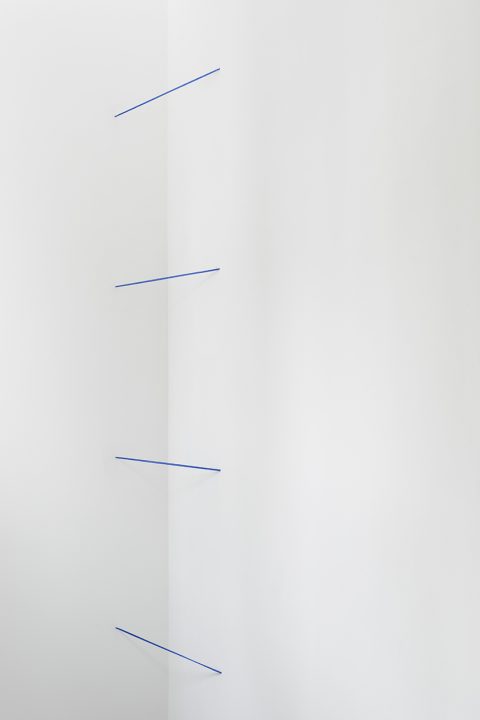
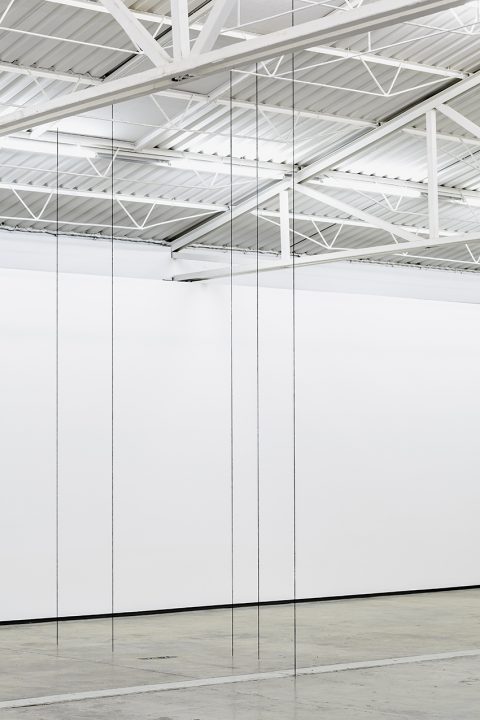
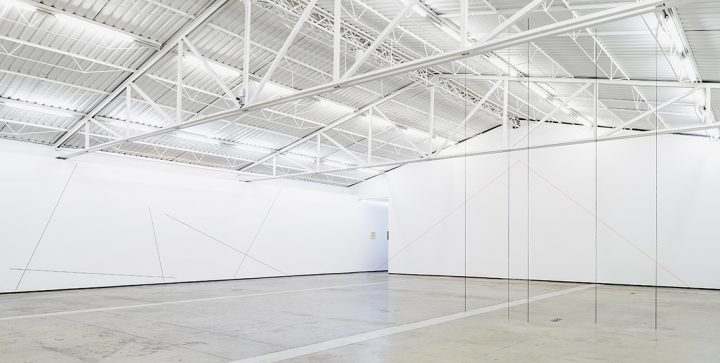
CM: How would you place the role of a gallery within the ongoing debate about the commercialization of art? And what is your opinion about art fairs?
PS: Of course, galleries are supposedly the first place where works of art are commercialised. And they still continue being a major player in the art market mechanism, alongside auction houses, art advisors, important art fair directors etc. What also happened is, that the role of the collector has transformed. I feel that they have become more and more involved in the discourse. The concept of patronage is nothing new, but obviously it was very different one in the beginning of the 20th century. Today the collectors play a more active role, they became creators, curating exhibitions, opening their own museums etc. But it’s also the artist who always plays – and very importantly so- their role in their own commercialization. Actually, I’m surprised about the “aura” the artists still maintain today after all of the deconstructions of this concept in the 20th century.
“What also happened is, that the role of the collector has transformed. I feel that they have become more and more involved in the discourse”
With respect to the art fairs, yes they are important, although something strange is happening. There are various galleries and colleagues with whom I’ve spoken about this matter: How many fairs should you attend yearly, which ones truly are worth the visit or do we still think that the model of the fair continues to be a model for the future? There are various galleries and directors that are deciding not to attend art fairs anymore and focus more on their programs. With all of those participations at the fairs, there is so much money and time invested that sometimes you forget what you’re doing with your own space. It’s very difficult for a gallery to maintain both sides and take care of them. Taking care of the program is something that should never be forgotten. Obviously being in Mexico, we need to maintain the international presence to open up our markets and give visibility outside the local scene to our artists. If you’re in Europe everything is within proximity. There is a strong art-tourism that if you’re in the specific circuit, the public will reach you anyways.
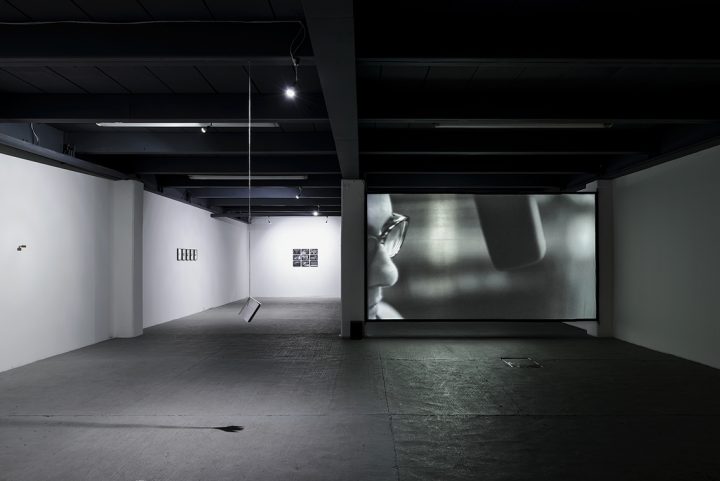
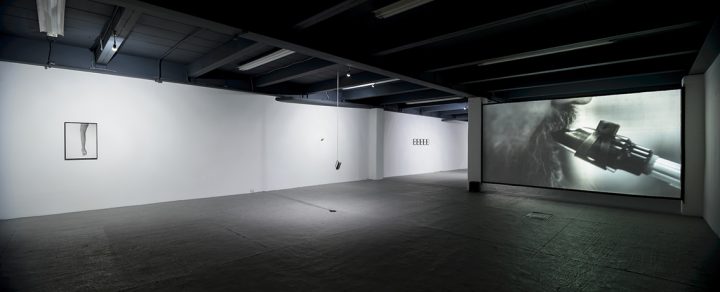
“But it’s also the artist who always plays – and very importantly so- their role in their own commercialization. Actually, I’m surprised about the “aura” the artists still maintain today after all of the deconstructions of this concept in the 20th century.”
In this moment, going to the most important fairs is indispensable, as one of the ways to continue that international outreach; we simply can’t survive with the Mexican collectorship only.
CM: Should an art gallery have an opinion or statement in society regarding how art is a factor or sociocultural indicator?
PS: A gallery definitely has to have that, because that’s exactly where the difference between dealers and galleries rely. A contemporary gallery´s model needs to consider, or assume the responsibility of being an entity who is a part of the discourse and that is also generating a sort of a cannon. We can’t leave that fact aside when making any kind of programmatic decisions.
CM: How does Proyectos Monclova react to the changing context?
PS:
You have to have the switch on, see your surroundings and see what’s happening. Above all, one should have flexibility, because if there is something that needs to be presented or addressed in a specific moment – you have to do so. Of course ones program is highly determined by the artists you represent, and yet the selection of those artists includes their evolvement and reflections on the changing context. Also, we have the luxury of two separate spaces in the gallery, giving us the possibility to react and present a project that arises at the time.
“A gallery definitely has to have that, because that’s exactly where the difference between dealers and galleries rely. A contemporary gallery´s model needs to consider, or assume the responsibility of being an entity who is a part of the discourse and that is also generating a sort of a cannon.”
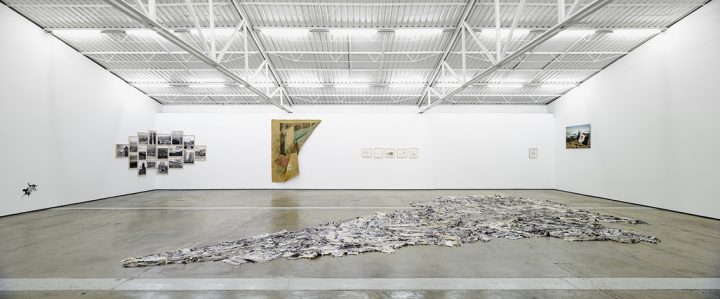
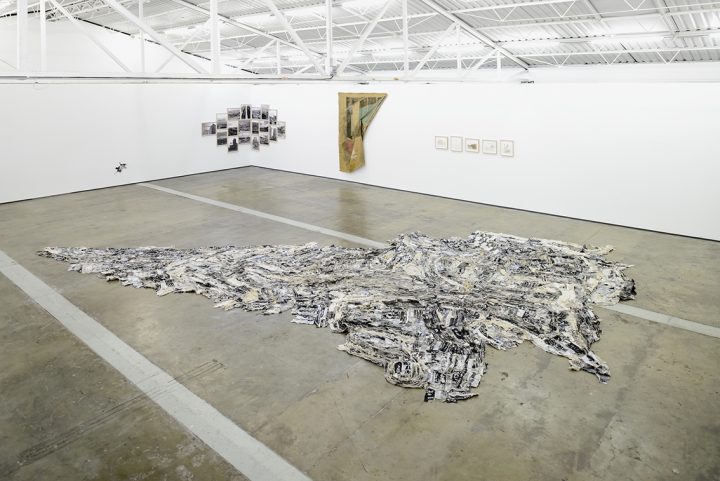
CM: Tell me something about the program that’s in place for the rest of the year and what’s coming in 2017.
PS: In the upcoming months we will have a show by Eduardo Terrazas, encompassing a series of vintage photographs, as well as a series of completely new paintings and sculptures.
In the downstairs space we’ll have a project by a young artist Mohamed Namou. In November Edgar Orlaineta will present a project, which is the result of a seven-year investigation evolving around figures such as Noguchi and Nakashima.
Andreas Fogarasi will develop a completely new project for us, reflecting touch on spatial and architectonic matters.
Then for 2017, we’re starting with Tercerunquinto, showing during ZONA MACO week. And as part of the “re-discoveries” , we will stage a survey of Robert C. Morgan’s work, contextualizing him in the 60’s and 70’s, up to his recent production. Other shows that I’m very excited about are those by Josephine Meckseper in September and Michael Sailstorfer in November 2017.
Among our extension projects, we will be publishing a book about the relation and dialogue between Fred Sandback and Luis Barragan, as part of our past show “The Properties of Light”, where the limits of the exhibition were extended beyond the gallery, to display a series of sculptures by Sandback in the most representative houses of Barragán.
With this, we hope to have a huge inauguration to close our activities and additional programs at Proyectos Monclova, that help reaffirm our line and seal.

 Español
Español